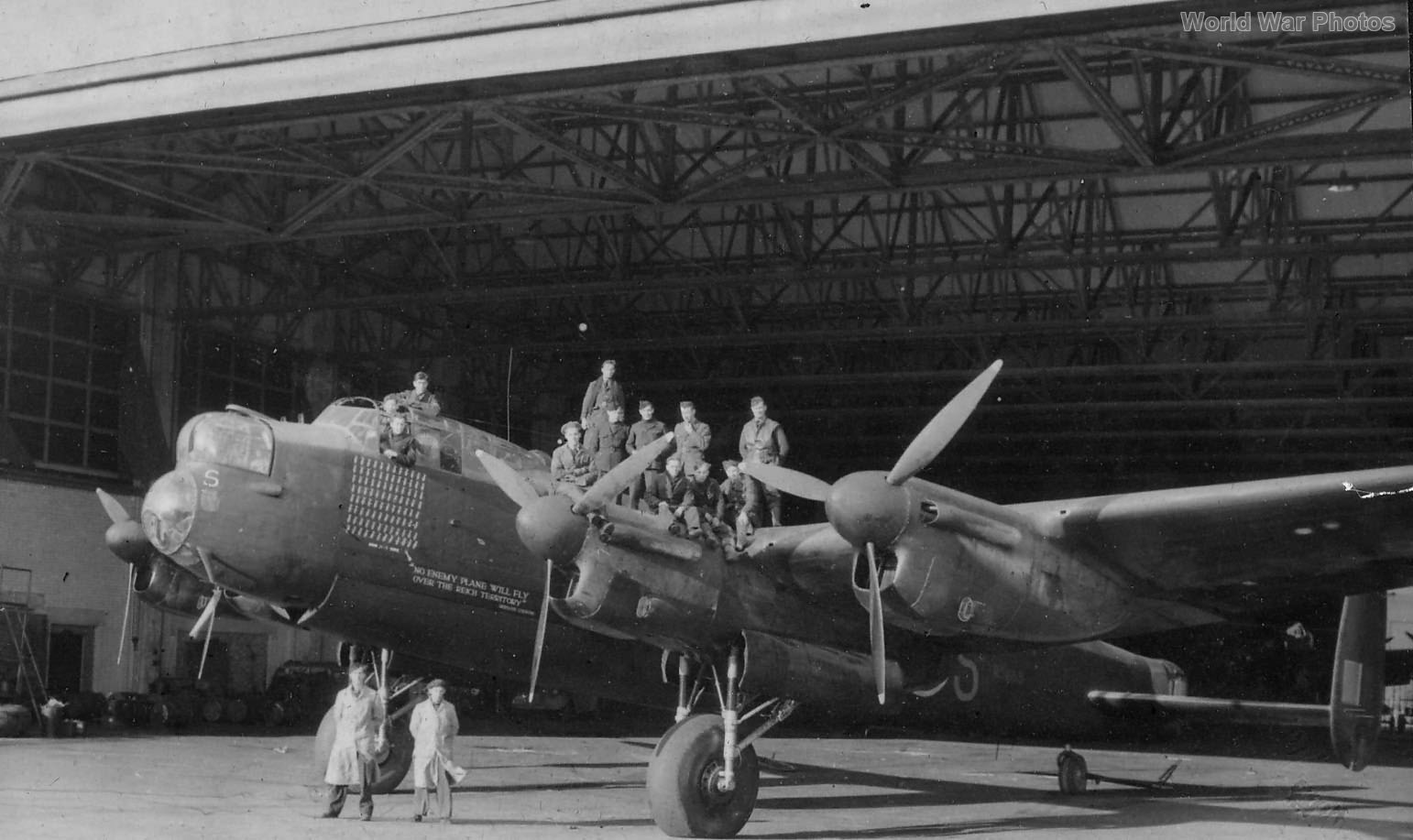Technical Specifications of the Lancaster Mk I
Powerplant:
- Four Rolls-Royce Merlin XX engines, each producing 1,280 horsepower.
- Engines paired with 3-bladed De-Havilland D.H.5/40 variable pitch propellers, which were interchangeable with Hamilton A 5/138 propellers.
- Engine Notes:
- Early Merlin engines faced issues with water leakage that led to potential fires, resolved in the Merlin 22 model through a modified joint.
- The Merlin 28, produced in the U.S., was prone to carburetor icing issues.
Dimensions:
- Wingspan: 102 feet (31.09 meters)
- Length: 59 feet 6 inches (18.14 meters)
- Height: 20 feet (6.10 meters)
- Wing Area: 1,300 square feet (120.77 square meters)
Weight:
- Empty Weight: 37,000 pounds (16,783 kg)
- Normal Take-off Weight: 65,000 pounds (29,484 kg)
Performance:
- Maximum Speed: 275 mph (443 km/h) at 15,000 feet (4,570 meters)
- Service Ceiling: 24,500 feet (7,467 meters)
- Range:
- 2,530 miles (4,072 km) with a 7,000-pound (3,175 kg) bomb load
- 1,700 miles (2,735 km) with a 12,000-pound (5,443 kg) bomb load
Armament:
- Early versions were equipped with 9 Browning .303 machine guns in power-operated turrets:
- Nose turret (FN5): 2 machine guns
- Mid-upper turret (FN50): 2 machine guns
- Ventral turret (FN64): 1 machine gun (later deemed ineffective, especially during night operations, and subsequently removed)
- Tail turret (FN20): 4 machine guns
Notable Features:
- Bomb Bay Doors: Initial aircraft faced issues with the bomb bay doors not closing properly due to uneven movement of the jacks caused by low oil temperatures.
- De-icing: Early Lancaster models used de-icing paste on the leading edges of the wings, while later models were equipped with thermal de-icing systems.
